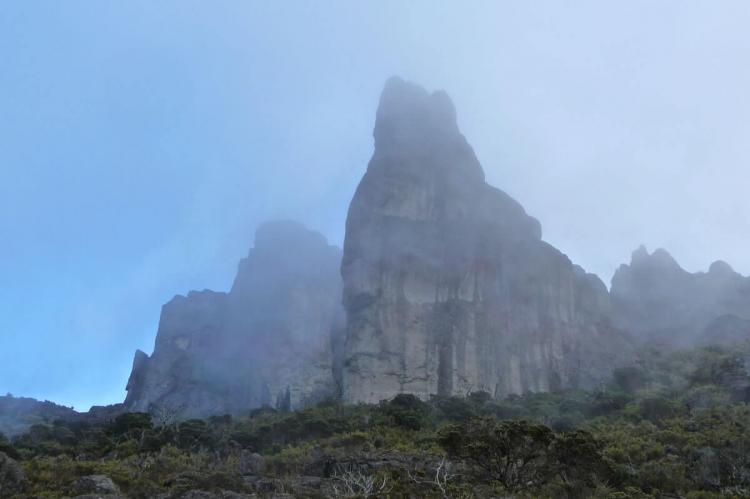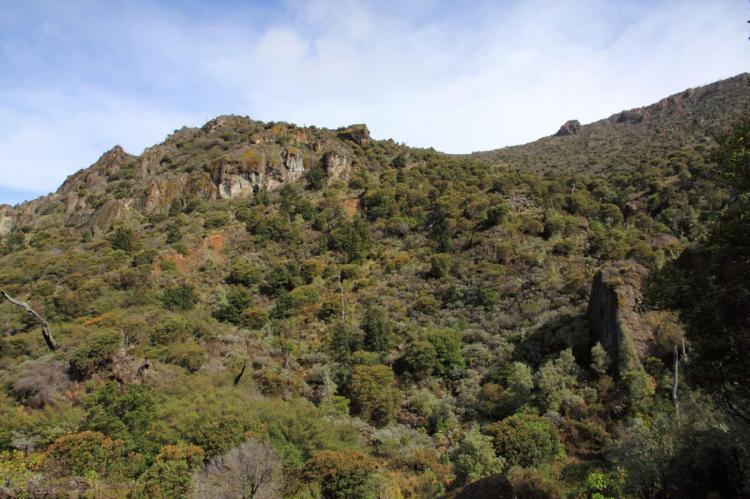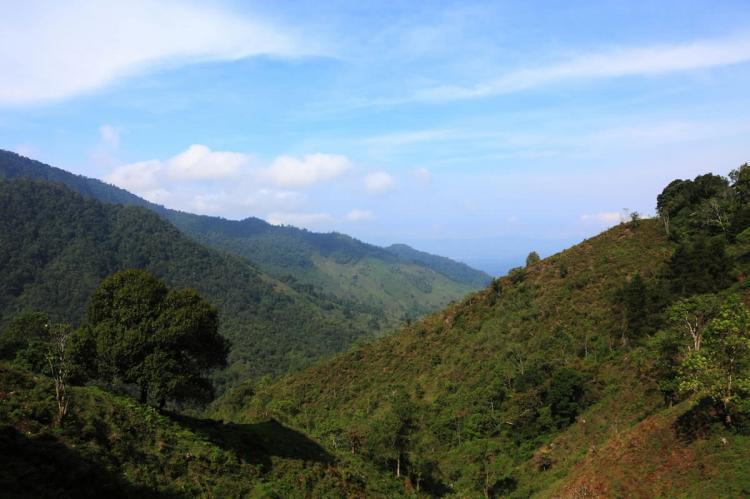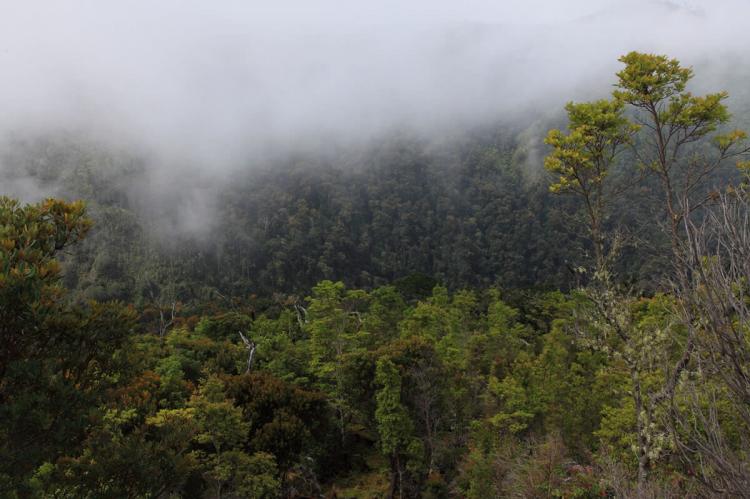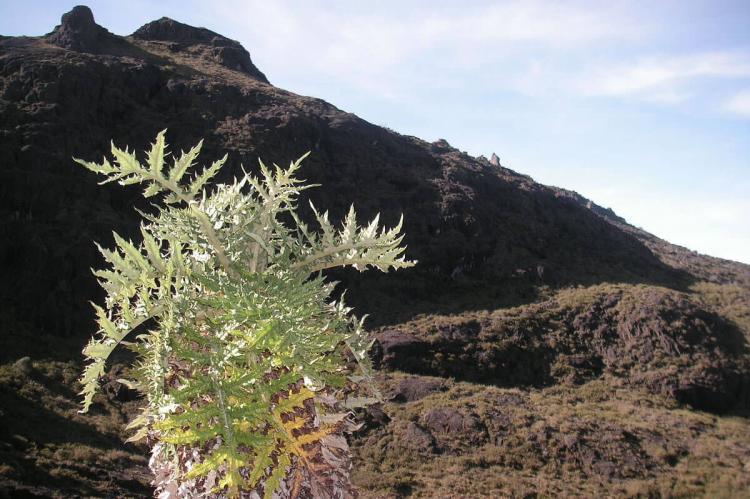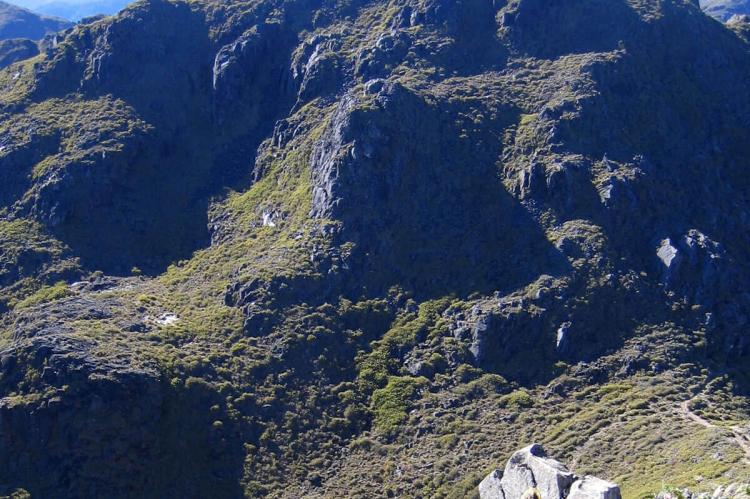Mount Chirripó and Chirripó National Park: Costa Rica's Crowning Glories
Mount Chirripó is Costa Rica's highest mountain in Chirripó National Park, a true gem of ecological wealth and biodiversity. It is also known as Cerro Chirripó and was named by Native Americans, aptly reflecting the abundance of lakes and streams surrounding the mountain.
Mount Chirripó: The Highest Peak in Costa Rica
Mount Chirripó (Cerro Chirripó) stands tall as the highest mountain in Costa Rica, reaching an impressive elevation of 3,821 m (12,536 ft) above sea level. This majestic peak is located within the boundaries of the renowned Chirripó National Park, a true gem of ecological wealth and biodiversity. The mountain's name, "Chirripo," meaning "land of eternal waters," was bestowed by Native Americans, aptly reflecting the abundance of lakes and streams that grace its surroundings.
Topographic Prominence
The great height of Mount Chirripó relative to its surroundings is evidenced by its exceptionally high topographic prominence of 3,727 m (12,228 ft), making it the world's 37th most prominent peak. This impressive statistic underscores the mountain's dominance over the surrounding landscape, rising majestically above the verdant valleys and rolling hills of the Talamanca Mountain Range.
Panoramic Vistas
On clear days, the summit of Mount Chirripó offers breathtaking panoramic views that span the entirety of Costa Rica, allowing hikers to gaze across the country from the Pacific Ocean to the Caribbean Sea. This remarkable vantage point provides a unique opportunity to appreciate the nation's diverse landscapes and natural wonders from a single, elevated perspective within the Talamanca Mountain Range.
Climate and Conditions
Temperatures on the peak of Mount Chirripó range from 4-18 ˚C (39-64 ˚F), with the potential for overnight temperatures to dip below freezing. While snow has not fallen at its peak in the past 100 years, according to the University of Costa Rica, hail is sometimes reported, adding to the mountain's mystique and allure.
Chirripó National Park: A Biodiversity Hotspot
Chirripó National Park, named after its most prominent feature, Cerro Chirripó, was established in 1975 and encompasses a vast area of 50,150 hectares (125,600 acres). The park spans parts of three provinces: San José, Limón, and Cartago, situated in the majestic Talamanca Mountain Range, about 150 km (93 mi) from San José, in the country's southeastern region.
Ecosystems and Biodiversity
Chirripó National Park is a genuine biodiversity hotspot, boasting five distinct ecosystems within its boundaries: lowland tropical wet forest, premontane tropical wet forest, lower montane wet forest, montane wet forest, and wet subalpine forest (páramo). This incredible diversity of habitats supports a wealth of plant and animal life, including:
- Over 400 species of birds, such as woodpeckers, woodcreepers, and trogons
- Mammalian species like spider monkeys, Baird's tapirs, peccaries, jaguars, and pumas
- Over 260 species of amphibians and reptiles
The park is part of the Talamancan Montane forests ecoregion. This vital conservation area harbors numerous endemic species and is a critical refuge for rare and threatened flora and fauna.
Climate and Seasons
The climate of Chirripó National Park is characterized by two distinct seasons: a dry season lasting from December to April and a wet season spanning from May to November. This seasonal pattern influences the park's ecological dynamics and allows visitors to experience the area's natural beauty in different phases of its annual cycle.
Conservation and Research
Chirripó National Park is a haven for biodiversity and a hub for conservation and research efforts. The Las Nubes Center for Neotropical Conservation and Research, located at the southwest corner of the park and managed by York University of Toronto in collaboration with Costa Rica's Tropical Science Center, is crucial in advancing scientific knowledge and promoting sustainable practices in the region.
With its towering peak, diverse ecosystems, and rich biodiversity, Mount Chirripó and Chirripó National Park are true crowning glories of Costa Rica's natural heritage. These protected areas offer visitors an unparalleled opportunity to experience the country's natural wonders, engage in outdoor adventures, and contribute to the ongoing conservation efforts that safeguard these precious resources for future generations.
